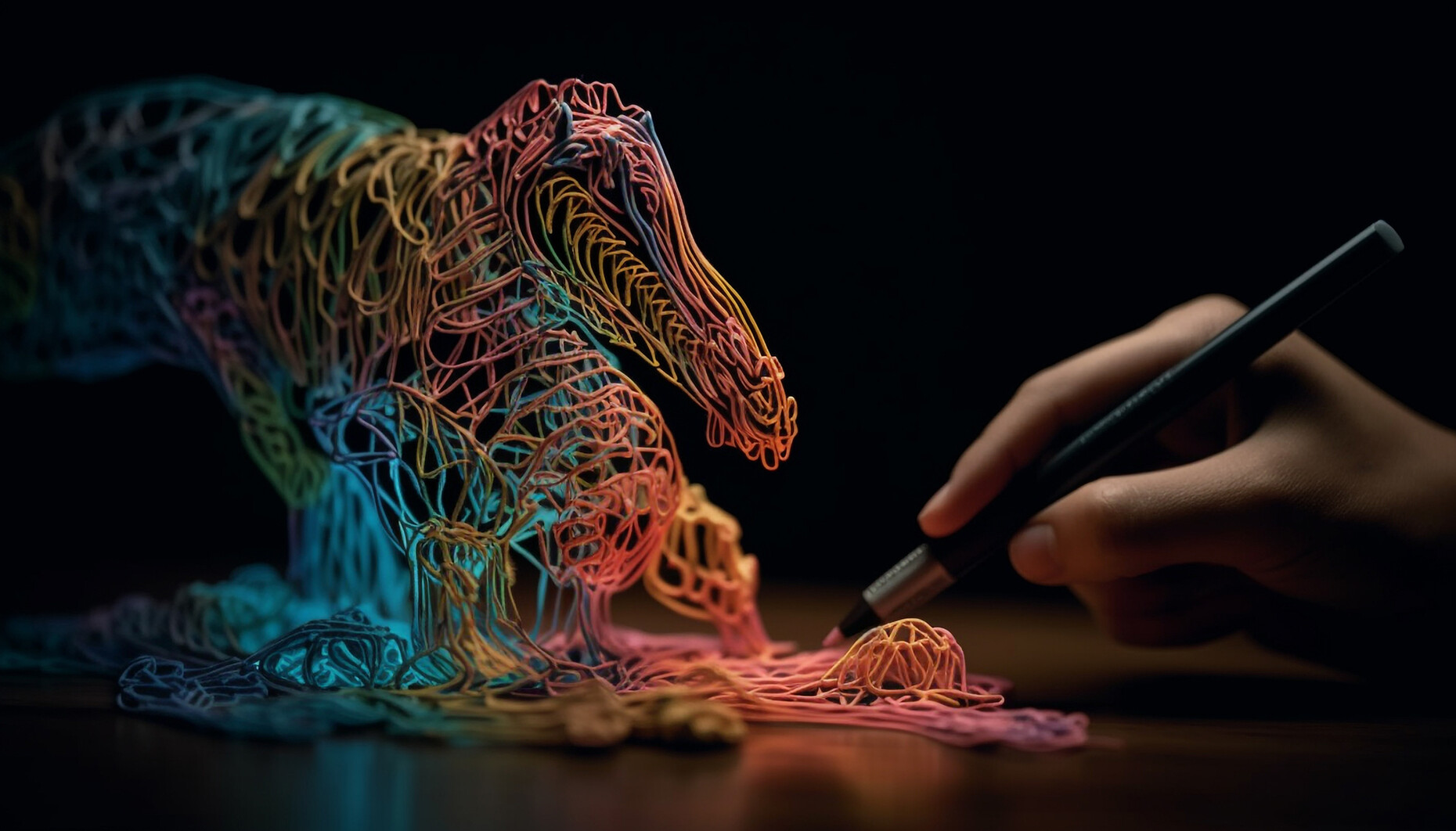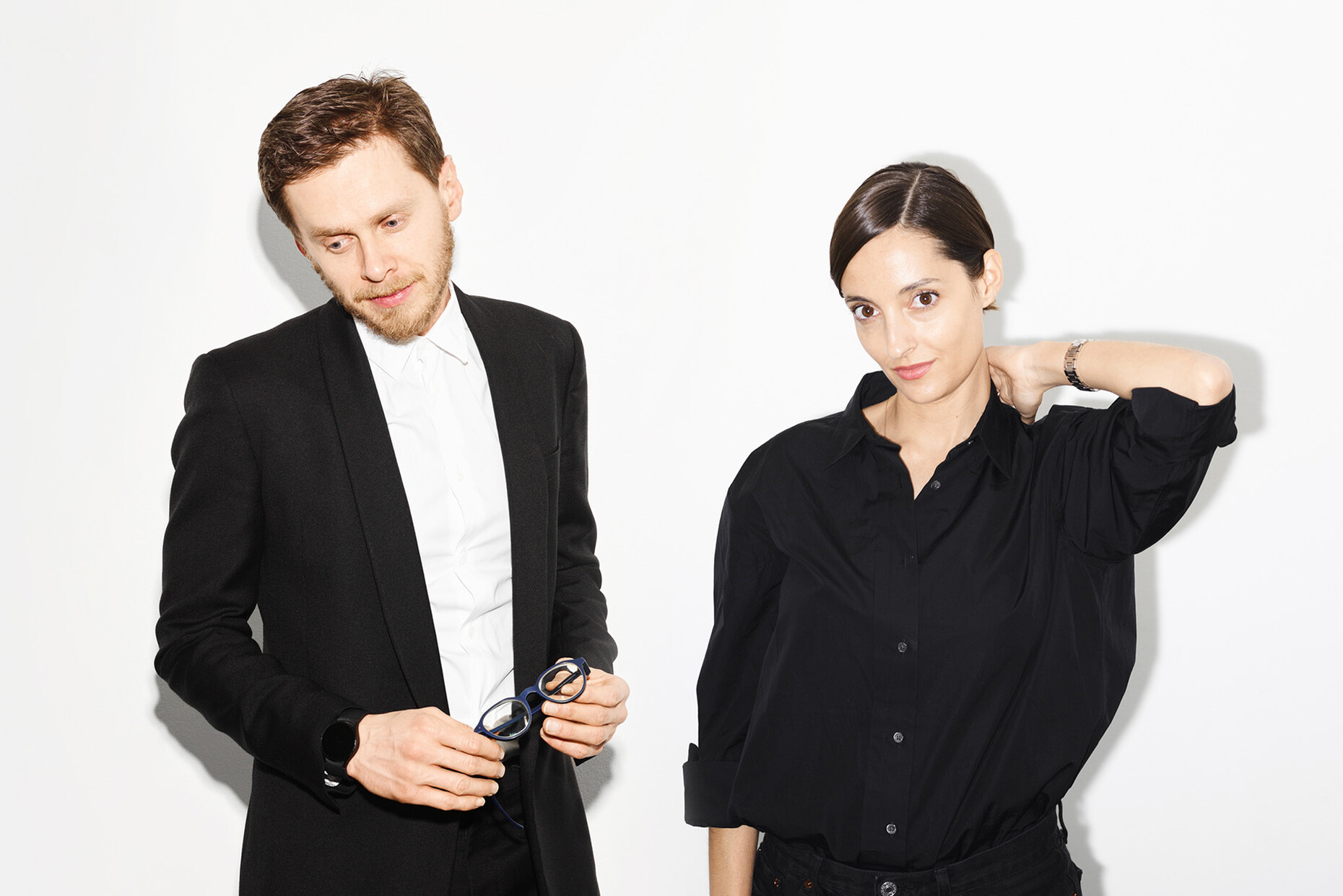ARTIFICIAL INTELLIGENCE
Insights: Design & AI
Are you already working with an AI?
If yes, what benefits do you currently derive from AI? If not, why not?
In your opinion, what are the opportunities and risks of AI in design?
Andrea Trimarchi and Simone Farresin of Formafantasma:
"We are not working with Artificial Intelligence apart from very small tasks, such as editing texts or helping with translations. Why? We are really not interested in outsourcing the design process. We think, there is not such a thing as designing with AI, at least so far, we don’t find it interesting. This is mostly because we think, we have some troubles with how this technology has been introduced. With this I mean that many of these technological innovations are introduced through people before legislation is created properly. And this is not a mistake only of the states and the political decision making. It is a programmatic process by corporations who know that by disrupting certain systems, they can surpass more quickly the process of legislation. We should not forget that AI is trained with the knowledge that humans have been creating for centuries. Knowledge, that should also belong to private persons. Instead, it is used to train AI for free without any former compensation and now even without any request to the direct source if they are willing to donate their knowledge for the training of AI or not. So, there are many debatable reasons why we not to work with AI.
Of course, there is an amazing range of opportunities. We are living mostly in a scientific word. We think that AI can be applied brilliantly in parts that are difficult to detect, for example with enormous quantities of data in scientific research. But we should never forget that these are tools that are in the hands of private corporations and that’s problematic if there is not enough legislation. Also, we truly believe that it is extremely important to still rely on human decision making, especially when it is about the creative process. These are our opinions so far, of course we are willing to change our ideas, but not regarding the political side of artificial intelligence."
Ana Relvão and Gerhardt Kellermann of Relvãokellermann:
"Yes, we work with AI. Our everyday job requires us to create and develop meaningful solutions that not only address the present but also anticipate and shapes the future, so it is essential for us that we have access to the newest technologies available. AI is already waved into our society, just think about what the algorithms of Spotify, Netflix, Google are already doing to personalize our everyday experiences. Speaking about the current status of generative AI tools, we believe its biggest "issues" may double as its key asset. "Hallucinations" can be used during the design process as a way to break free from mental constrains which we sometimes impose to ourselves.
We see the current AI tools as one additional instrument for augmentation and acceleration, not a substitute for critical thinking and expertise. Generative AI is responsible for the first set of tools we have created that can make decisions by its own. But we believe it's crucial not to give away your responsibility as a designer. An over reliance on AI may result in homogeneous and statistically driven design solutions. Another issue has to do with the fact that it's easy to randomly generate solutions and pick your favourites but the design process is way more than that. It has a lot to do with thinking, doing, failing, doing again, revising. We believe this inner dialog is crucial because without this reflective practice, there's a risk of getting into a random world of styling, where designs lack coherence, depth, and personal or cultural significance."
Andrés Reisinger, Digital Artist and Designer:
"I’ve been working with AI, and in general all technologies, since the very beginning of my career. To be exact, even before then. Why? AI offers boundless opportunities for continued experimentation, guiding us to hone our creative instincts and transcend the limits of our imagination. It serves as a training ground, illuminating pathways to uncharted territories and expanding the horizons of what the human mind once deemed possible.
For me, the first opportunity is that AI challenges our creative boundaries, helping us recognize that definitions of feasibility are self-imposed constructs; the digital realm has the power to dismantle these barriers, granting unparalleled creative freedom. It also empowers artists with direct control over their creations, enabling them to connect with a global audience and retain a larger share of profits. The real opportunity lies when the digital and physical worlds are intended as complementaries, and not as opponents or as opposites. Together, they can foster artistic growth and innovation beyond traditional constraints. For instance, my Hortensia Armchair illustrates how digital demand can precede physical production, minimizing waste."
(eb)








